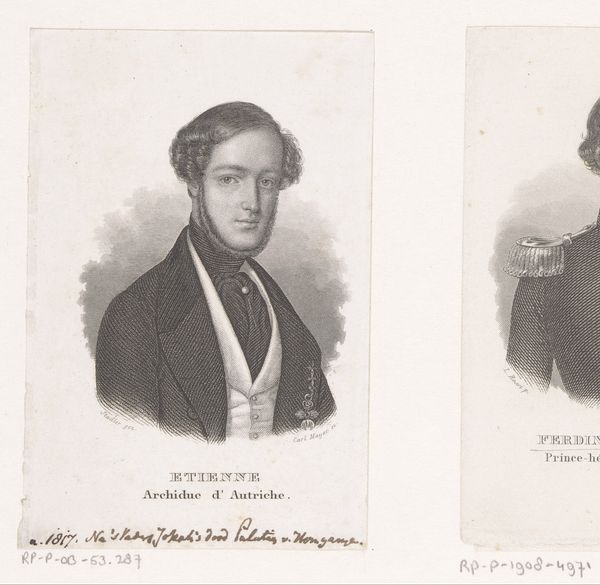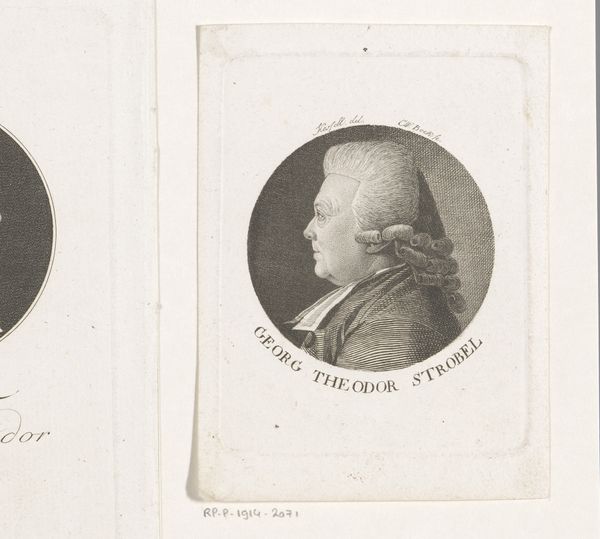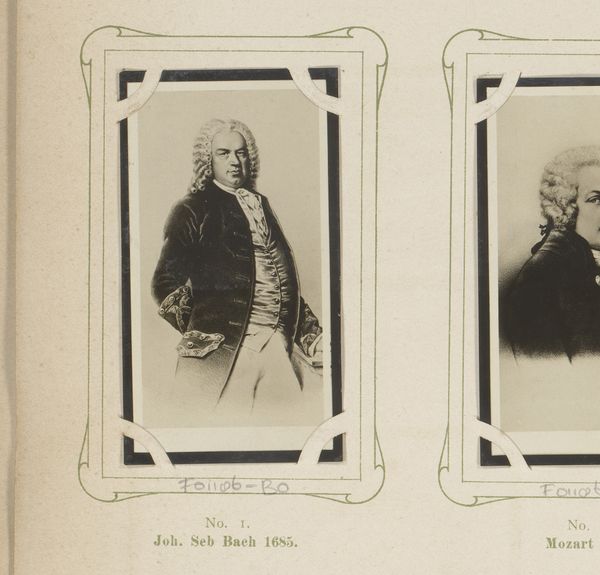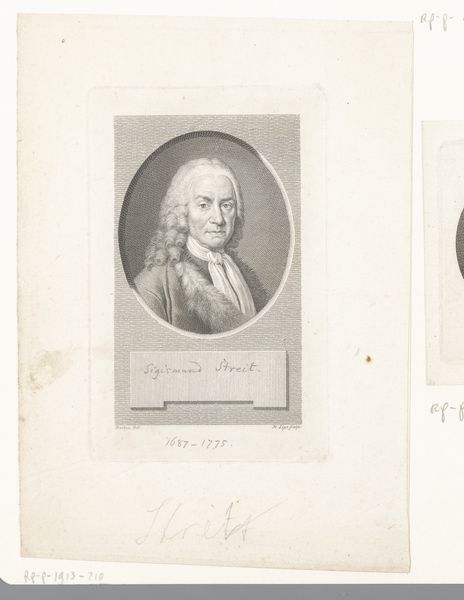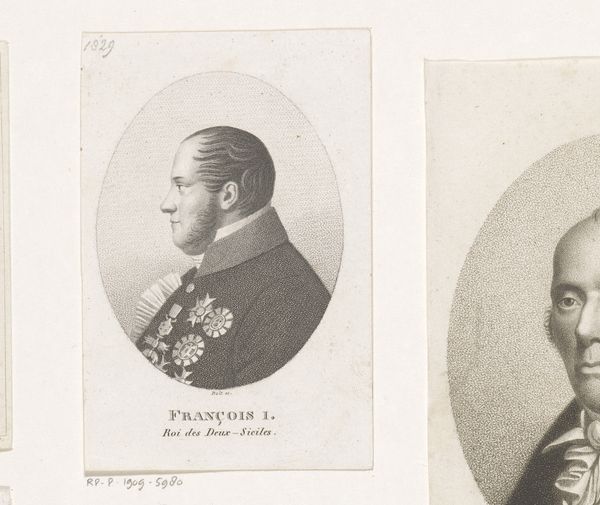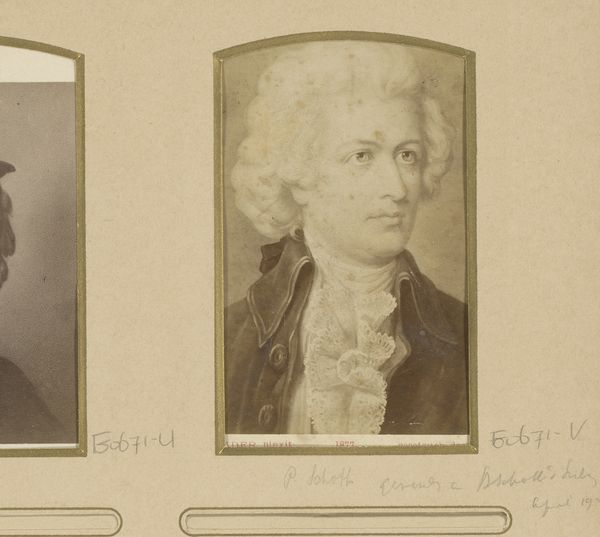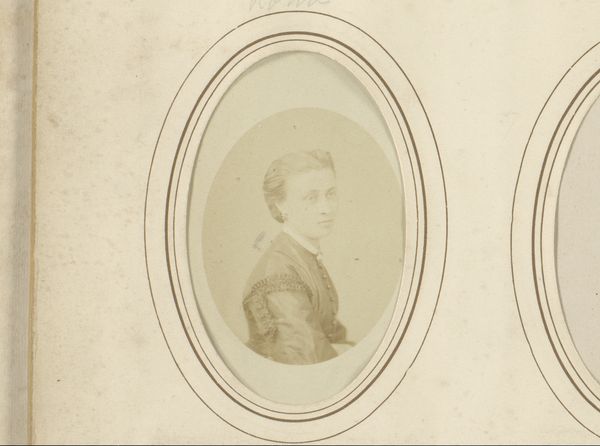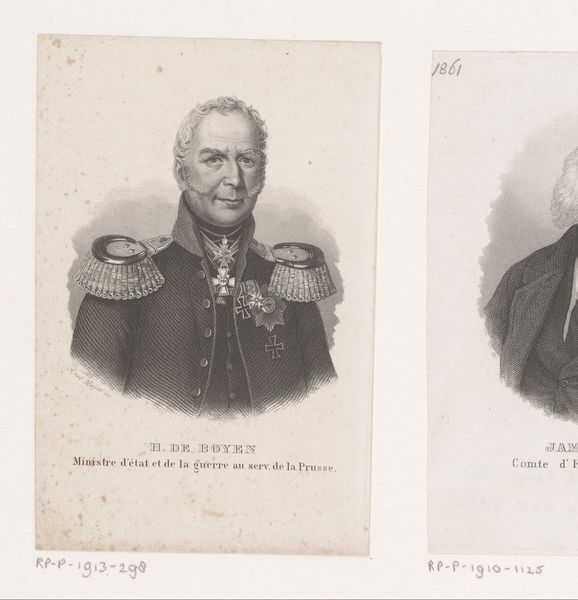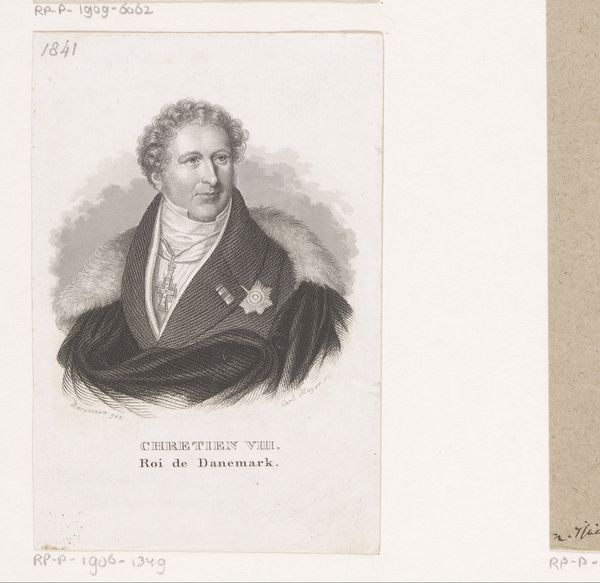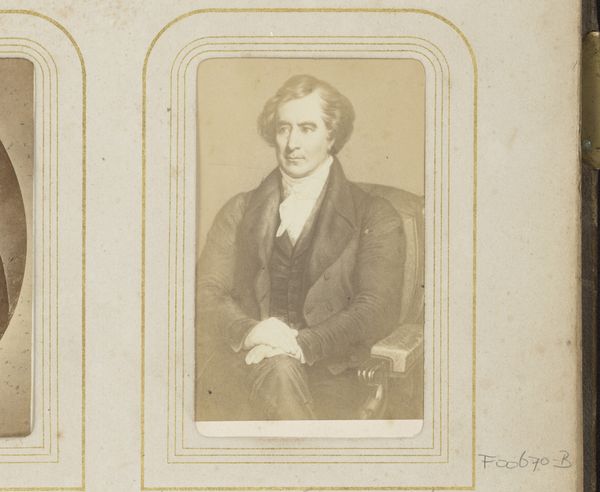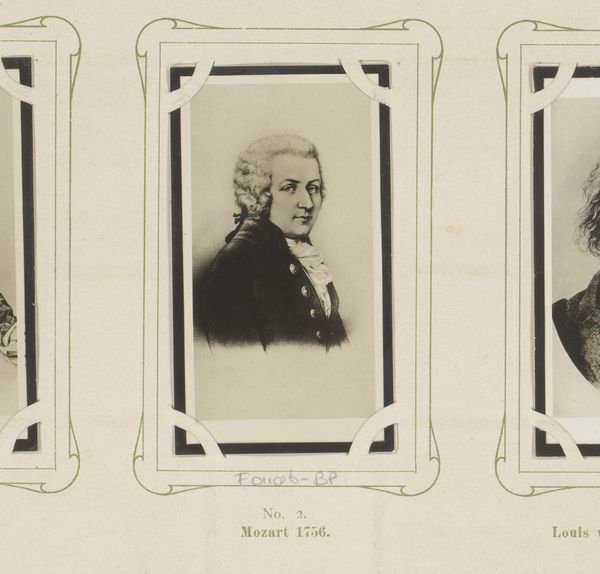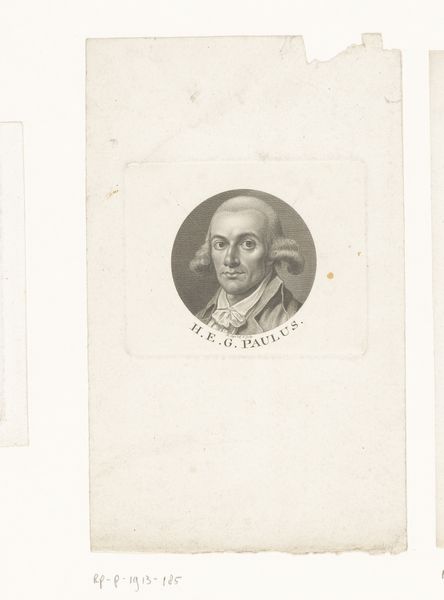
Portret van Willem IV Hendrik, koning van Groot-Brittannië en Hannover 1832
0:00
0:00
engraving
#
portrait
#
old engraving style
#
historical photography
#
romanticism
#
history-painting
#
academic-art
#
engraving
Dimensions: height 107 mm, width 71 mm
Copyright: Rijks Museum: Open Domain
Curator: Here we have an engraving from 1832 by Johann Friedrich Bolt. The piece is entitled "Portret van Willem IV Hendrik, koning van Groot-Brittannië en Hannover," which translates to "Portrait of William IV Henry, King of Great Britain and Hanover." Editor: Well, he certainly looks every bit the king. The oval frame gives it a classic, almost timeless feel. It also makes me wonder, what does an engraving even feel like? Does the paper have texture where the lines are etched? I bet it feels like history itself. Curator: Precisely! Engravings, with their meticulous lines, offer a fascinating glimpse into the visual culture of the 19th century. They were crucial for disseminating images before photography became widespread. Each line is intentional, a testament to the artist's skill. Editor: So, he's not just drawing; he's carving the image? No pressure, then! Look at that little starburst on his coat, how can anyone add detail at that scale. All those lines give it so much visual weight. It's not just a portrait; it's an artifact. I find myself wondering what sort of iconography kings and nobles even subscribe to; it certainly would not appear on the garments that common people wear every day. It is truly impressive. It embodies power and prestige. The formal attire, the calculated gaze—it all speaks to a carefully constructed image of royalty. It's like he's saying, "Remember me." Curator: Absolutely. Bolt, though not as celebrated as some of his contemporaries, was a master of capturing likeness and conveying the sitter's status. He captures William IV, also, by carefully constructing not only line work, but also symbols associated with nobility. Editor: So true! Looking at it, I feel connected to both a person and to a legacy of art. Knowing it's at the Rijksmuseum adds another layer of significance for sure. Curator: Indeed. It's a reminder of the enduring power of images to shape our understanding of the past. I think the cultural memory inscribed in it speaks to a shared symbolic order as well. Editor: A wonderful point on which to end! Let us go discover something new now.
Comments
No comments
Be the first to comment and join the conversation on the ultimate creative platform.
